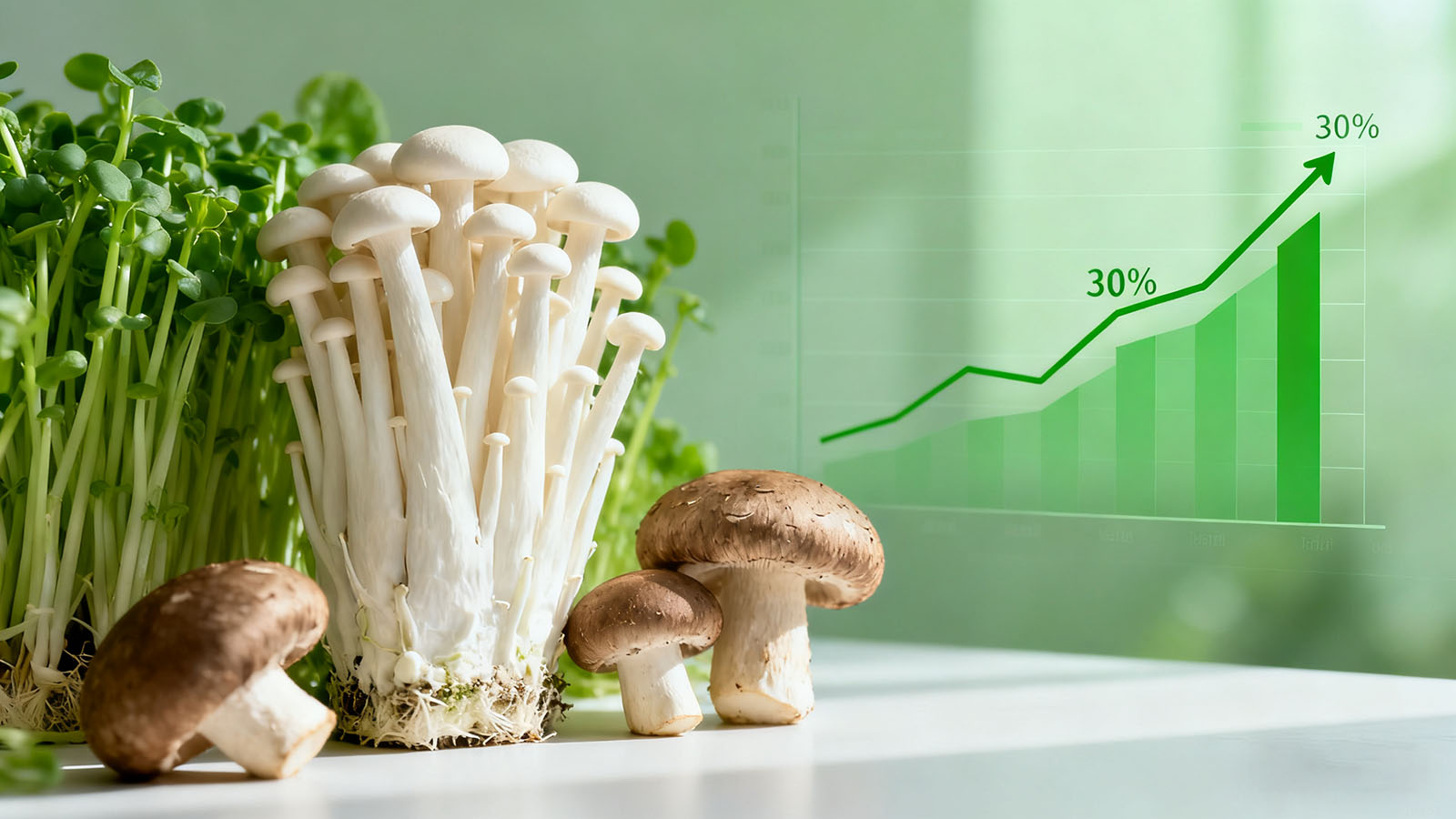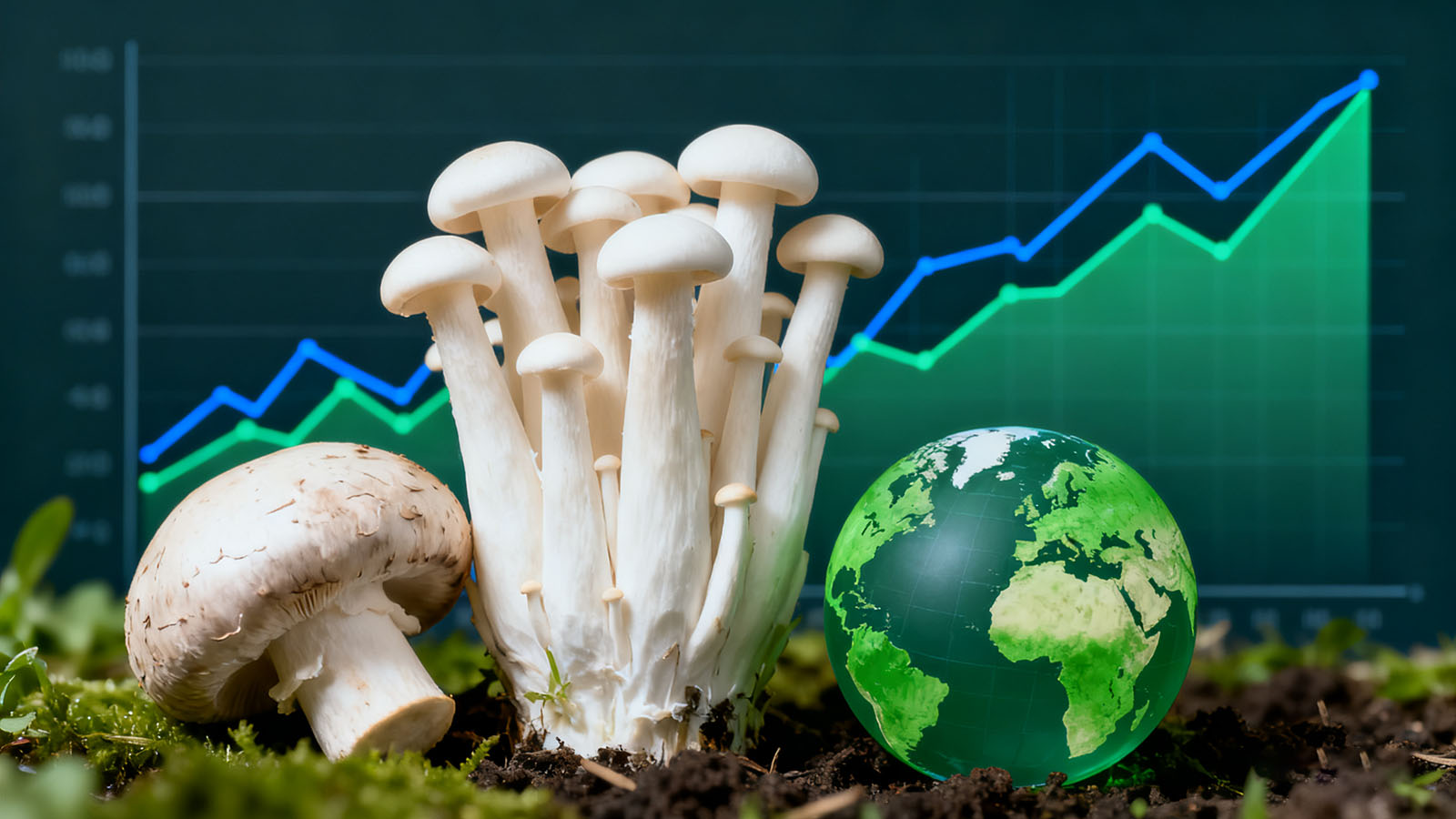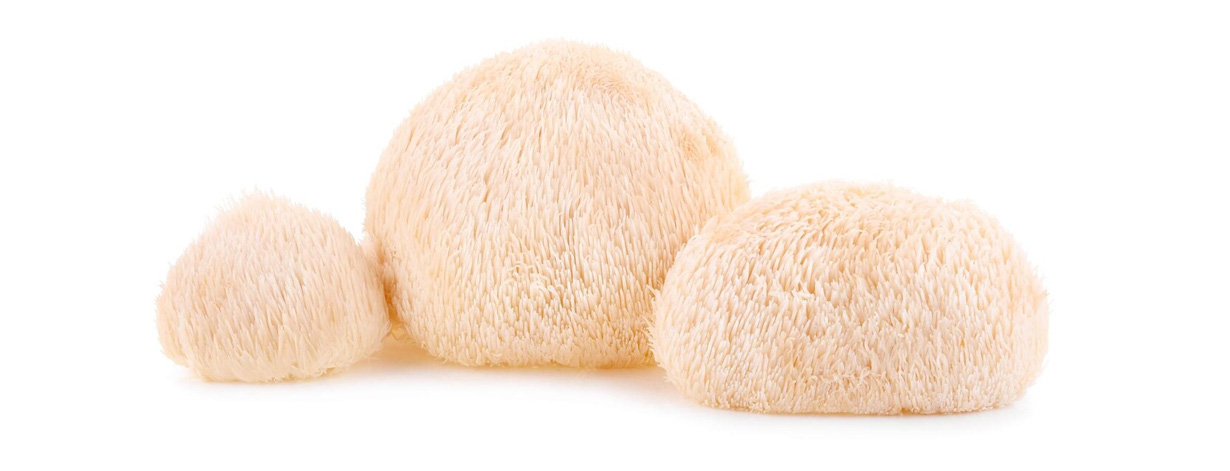
Lion’s Mane, with its unique coral-like appearance and rich functionality, has become a favorite among foodies and wellness enthusiasts. But many wonder: fresh Lion’s Mane or dried? The answer depends on your usage scenarios, lifestyle, and preferences. This article breaks down their key differences to help you choose the best fit.
Fresh Lion’s Mane vs Dried Lion’s Mane: Core Differences
It’s not about “which is better,” but “which fits better”——
Fresh Lion’s Mane: Made for Cooking
Fresh Lion’s Mane has a tender texture with a subtle seafood-like flavor, making it a gourmet ingredient in the kitchen. It’s ideal for direct cooking: stir-fries, risottos, or plant-based dishes, all enhanced by its springy texture. For those who love cooking and pursuing the original flavor of ingredients, fresh Lion’s Mane adds layers to dishes, especially suitable for exquisite meals.
Dried Lion’s Mane: Convenience & Concentration
Dried Lion’s Mane, after dehydration, has a richer flavor and a long shelf life (12-18 months when stored properly), making it a “health ally for busy people.” It requires no complex handling: rehydrate for soups or sauces, or grind into powder for smoothies, oatmeal, or coffee. Its nutrients are concentrated due to dehydration, so a small amount meets daily needs—perfect for fast-paced lives.
How to Use? Unlock Versatile Ways to Enjoy
Cooking with Fresh Lion’s Mane
Stir-fry: Pair with green peppers and garlic to highlight its tenderness;
Risotto: Combine with cream and Parmesan for richness;
Plant-based “steak”: Slice and pan-fry to mimic meaty flavor.
Using Dried Lion’s Mane
Morning drinks: Add powder to coffee or hot chocolate for an earthy note;
Nutrient boost: Mix into protein shakes or fruit/veggie smoothies;
Broth base: Use rehydration liquid with mushrooms to enhance soup flavor.
Healthiest Way to Eat? The Best Fit for You
If you enjoy cooking, fresh Lion’s Mane adds ritual to healthy eating; if convenience matters, dried Lion’s Mane is great for “effortless habits”—its concentrated nutrients work in small portions. Consistency in daily diet brings the best benefits.
Where to Buy?
Whether it’s ready-to-use dried Lion’s Mane powder or organically certified fresh Lion’s Mane, professional suppliers offer diverse options. Some manufacturers provide customized services like OEM and private label, catering to different brands or channels. Want to grow your own? Mushroom growing kits make it easy to start.
About China Mushroom Days
Hosted by the Edible Fungi and Products Branch of the China Chamber of Commerce of Food, Native Produce, and Animal Products, the China Mushroom Days showcases products and services from the entire edible fungi industry chain, striving to create a one-stop sourcing platform for the entire edible fungi industry chain. The Edible Fungi Smart Manufacturing Innovation Zone showcases fungi strains, raw materials, equipment, and intelligent technologies, encompassing suppliers of equipment and technology required for every stage of edible fungi production. The Edible Fungi Industry Revitalization Zone features edible fungi production, cultivation, and sales companies, as well as exhibition groups from major edible fungi-producing regions across China and international mushroom companies. The event is held annually in Xiamen, Fujian Province, a hub of the mushroom industry.
About the Edible Fungi and Products Branch of the China Chamber of Commerce for Import and Export of Foodstuffs, Native Produce and Animal By-Products
The China Chamber of Commerce for Import and Export of Foodstuffs, Native Produce and Animal By-Products, a public institution directly managed by China’s Ministry of Commerce, is China’s largest agricultural product industry organization. It is responsible for coordinating, serving, promoting, and protecting the rights and interests in national agricultural product import and export trade, with over 6,000 member enterprises.
Founded in 2002, the Edible Fungi and Products Branch (officially named the Edible Fungi and Products Import and Export Branch) is primarily responsible for coordinating, serving, promoting, and protecting the rights and interests in national edible fungi import and export trade. It has over 100 large key member enterprises engaged in edible fungi production, processing, circulation, and trade in China.
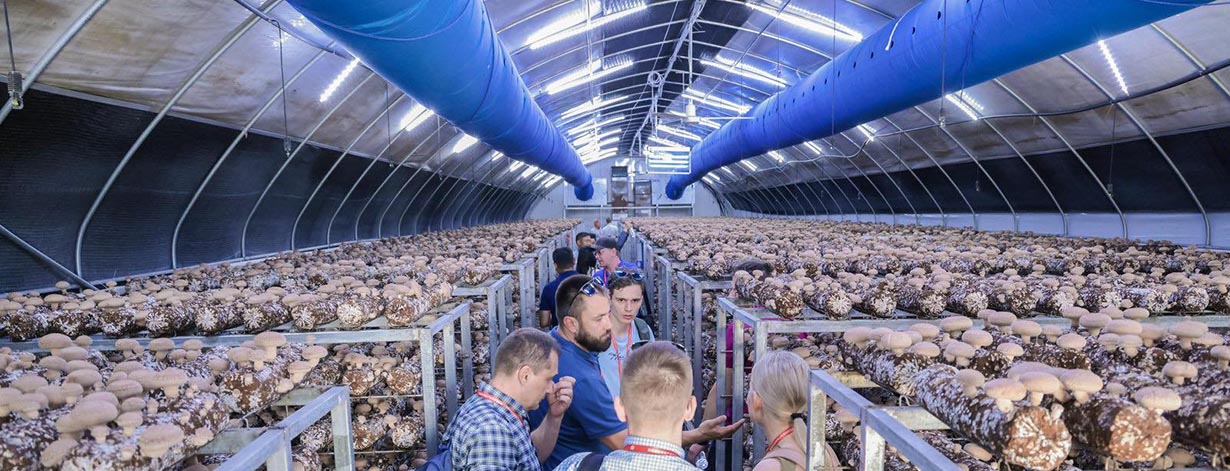

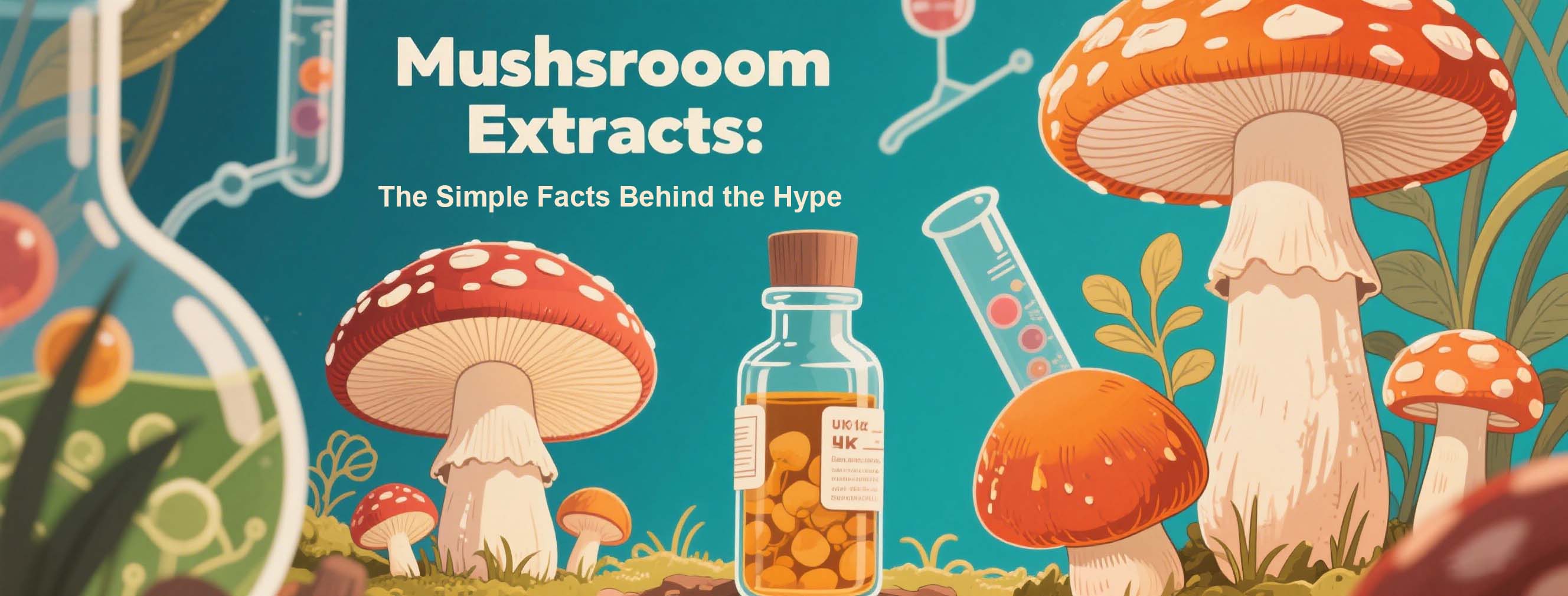

创新博览会LOGO-white.png)


Copyright © China Chamber of Commerce of Food, Native Produce and Animal Products Edible Fungi and Products Branch
京公网安备11010102004652号 京ICP备05021290号-29 | Technical Support: Starify Privacy Policy Sitemap Contact Us
创新博览会LOGO.png)
